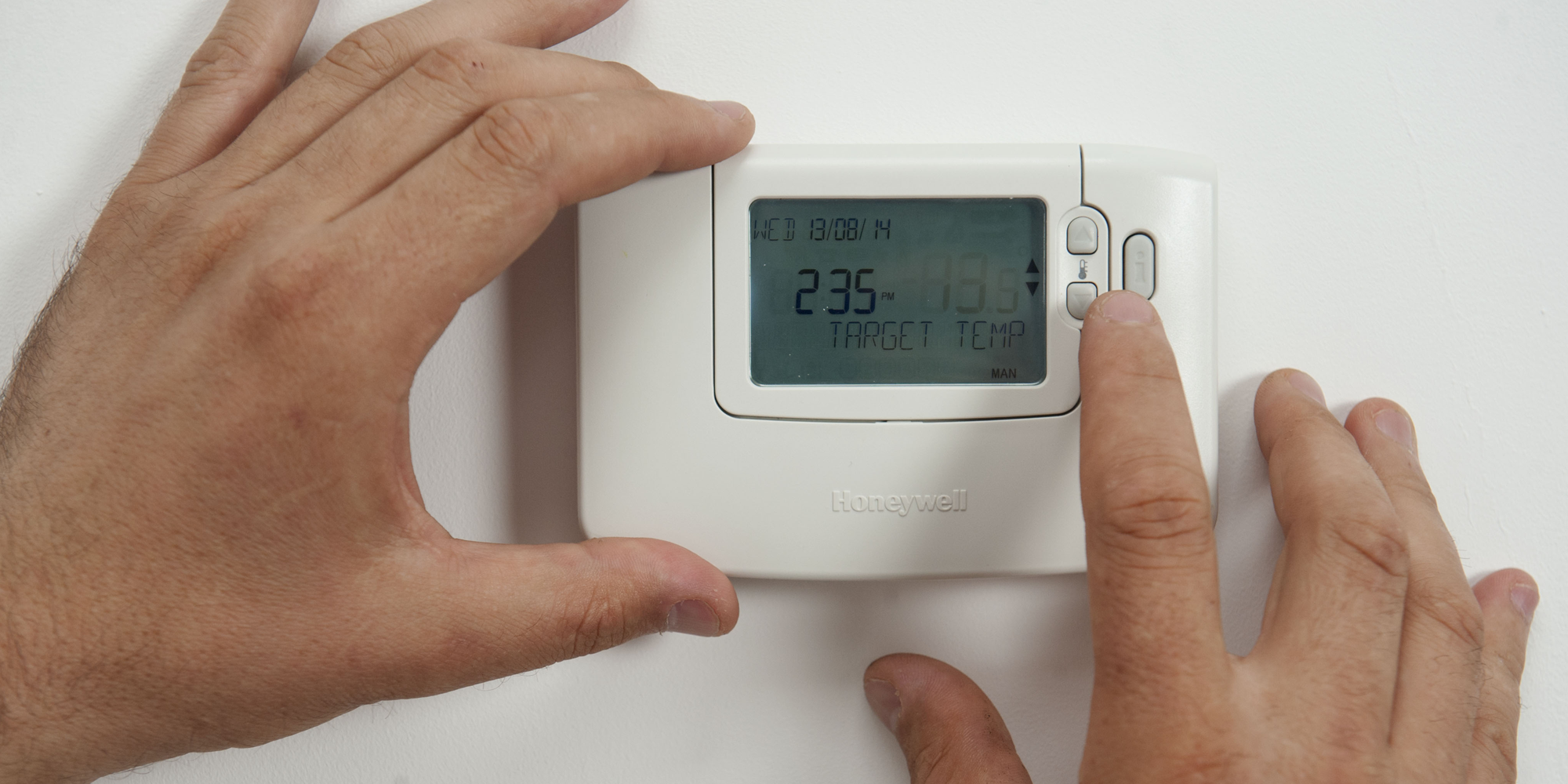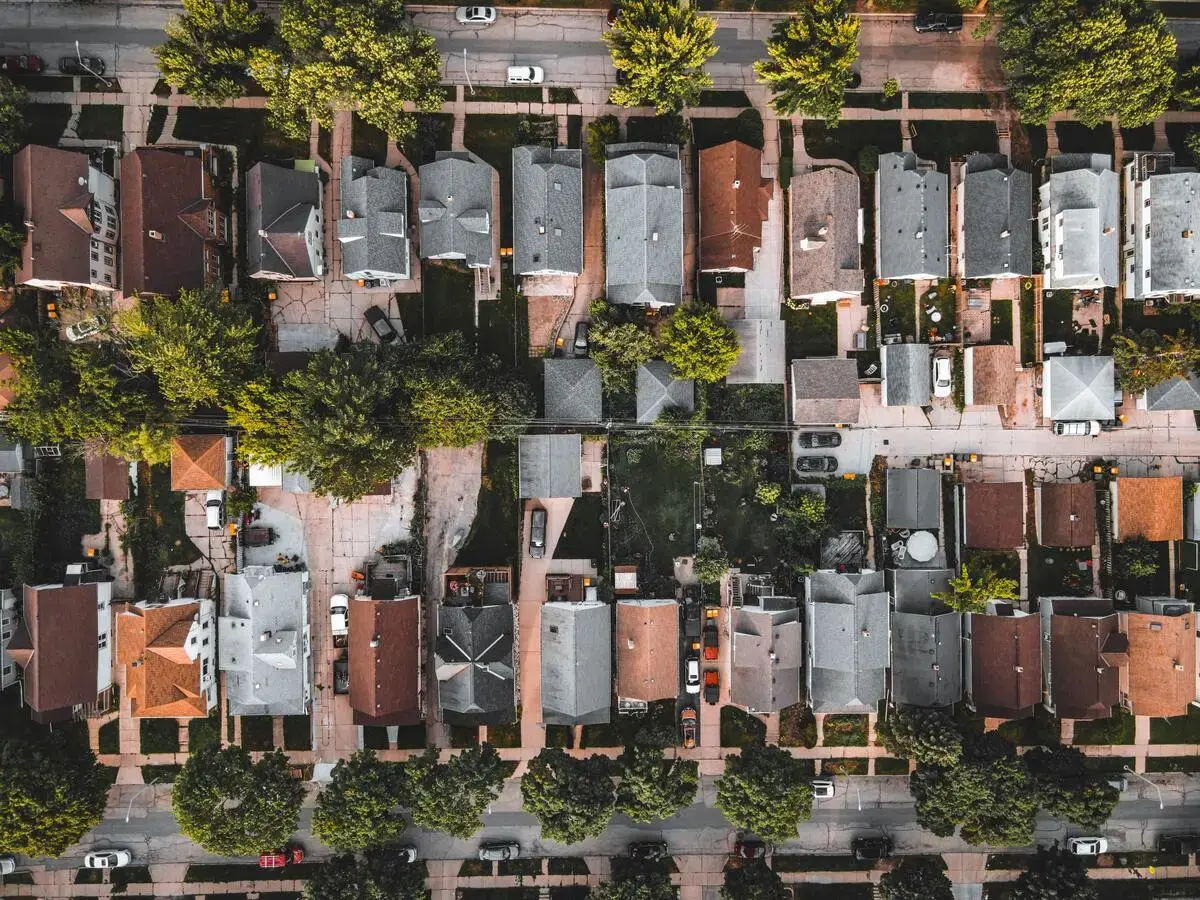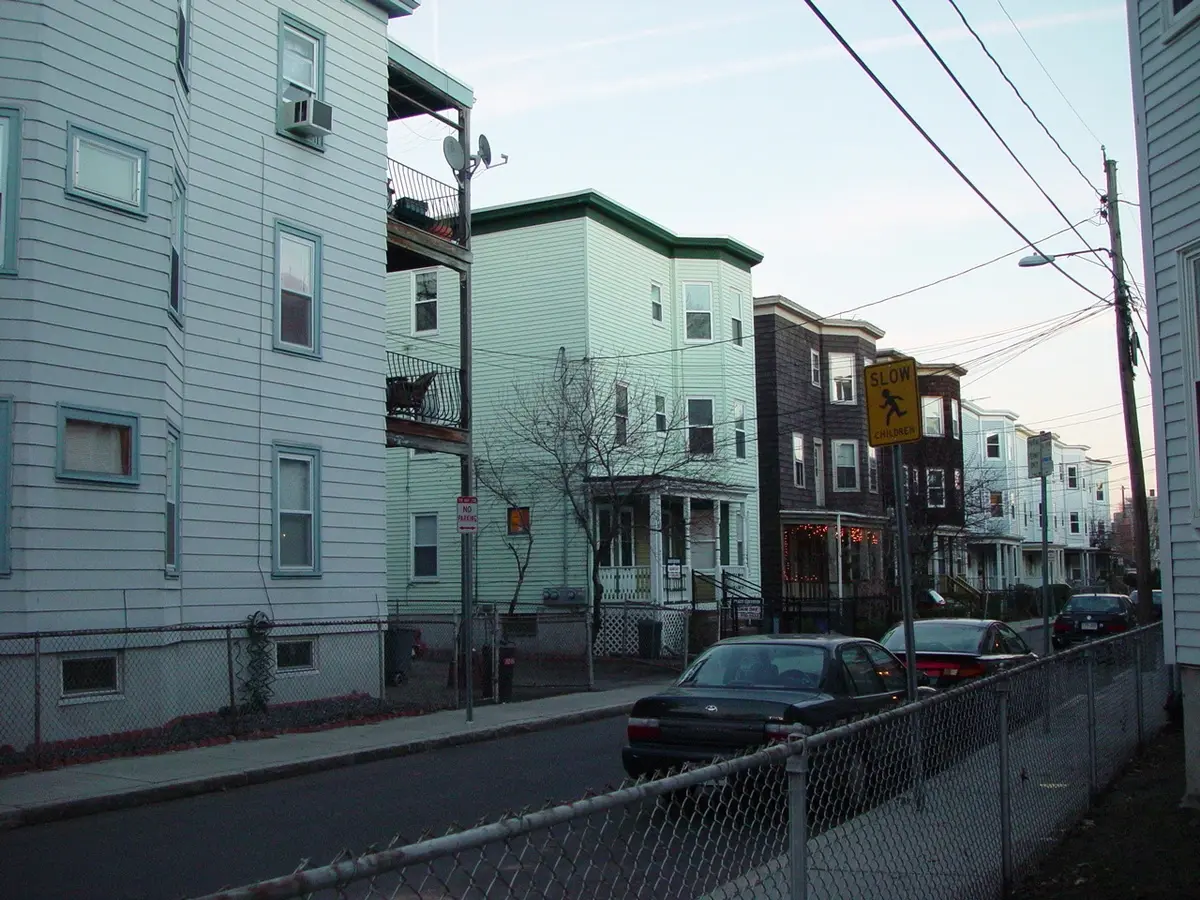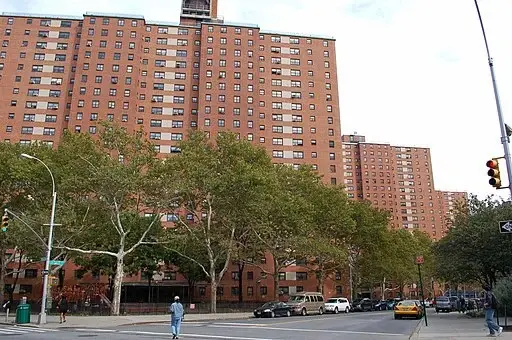Housing
Background
Over the course of a year, more than a million individuals and families in the United States experience homelessness, and many more experience housing instability. This stems from decades of growing economic inequality, increasing housing costs, and housing supply shortfalls, which were exacerbated by a global pandemic. Several federal agencies support the use of evidence-based practices to prevent and end homelessness through programs that provide support services and assistance with rent, utilities, and other housing-related costs. Currently, there are 19 agencies including GSA comprising the United States Interagency Council on Homelessness (USICH), which coordinates the federal response to homelessness.
Portfolio
We’ve worked with the Department of Housing and Urban Development, Department of Education, Department of Agriculture, Department of Health & Human Services, and the Department of the Treasury on evaluations related to housing insecurity and home energy costs.
In 2024, we completed two impact evaluations of program design flexibilities to streamline access to rental assistance during the COVID-19 pandemic. These evaluations contributed to Treasury’s Economic Recovery Learning Agenda and USICH’s Federal Homelessness Research Agenda.
What have we learned?
Results of our housing evaluations suggest:
- Streamlining access to rental assistance in Virginia and Kentucky by verifying eligibility through proxy data increased application approval rates and reduced application processing times, without increasing new applications or compromising program integrity.
- Postcards mailed to at-risk homeowners did not increase the number of applications for homeowner assistance in Idaho during the COVID-19 pandemic. The results of this rapid-cycle evaluation, started and completed in under six months, led to a redirection of outreach funds.
- A descriptive study of the first-ever nationwide eviction prevention program found that among eligible renters nationwide, emergency rental assistance was much more likely to reach those with the lowest incomes, as well as Black and women renters. Treasury used the results of this study to inform outreach work and make updates to better reach populations underrepresented among program beneficiaries.
- New emails that shared simplified information sent to homeless liaison staff in Local Education Authorities increased the identification of homeless students.
- Targeted incentives increased response rates but did not decrease nonresponse bias for the American Housing Survey.
- Letters with individualized feedback on recent energy use and flyers with energy-saving tips sent to public housing residents in New York City did not change home energy use.
- Letters to property owners in Montana increased requests for wildfire risk assessments.
Together, these evaluations provide a strong evidence base for the use of proxy data to streamline program access and reduce administrative burden. These evaluations also suggest that targeted outreach can have mixed results in increasing the uptake of housing assistance programs or changing household behavior.











